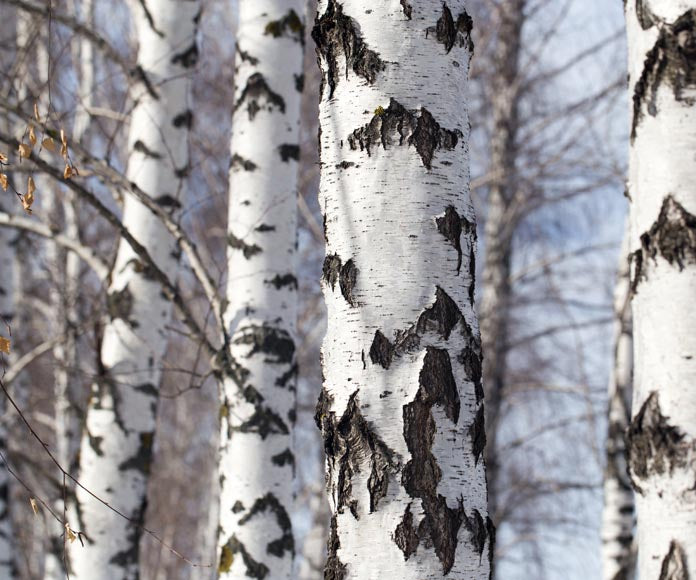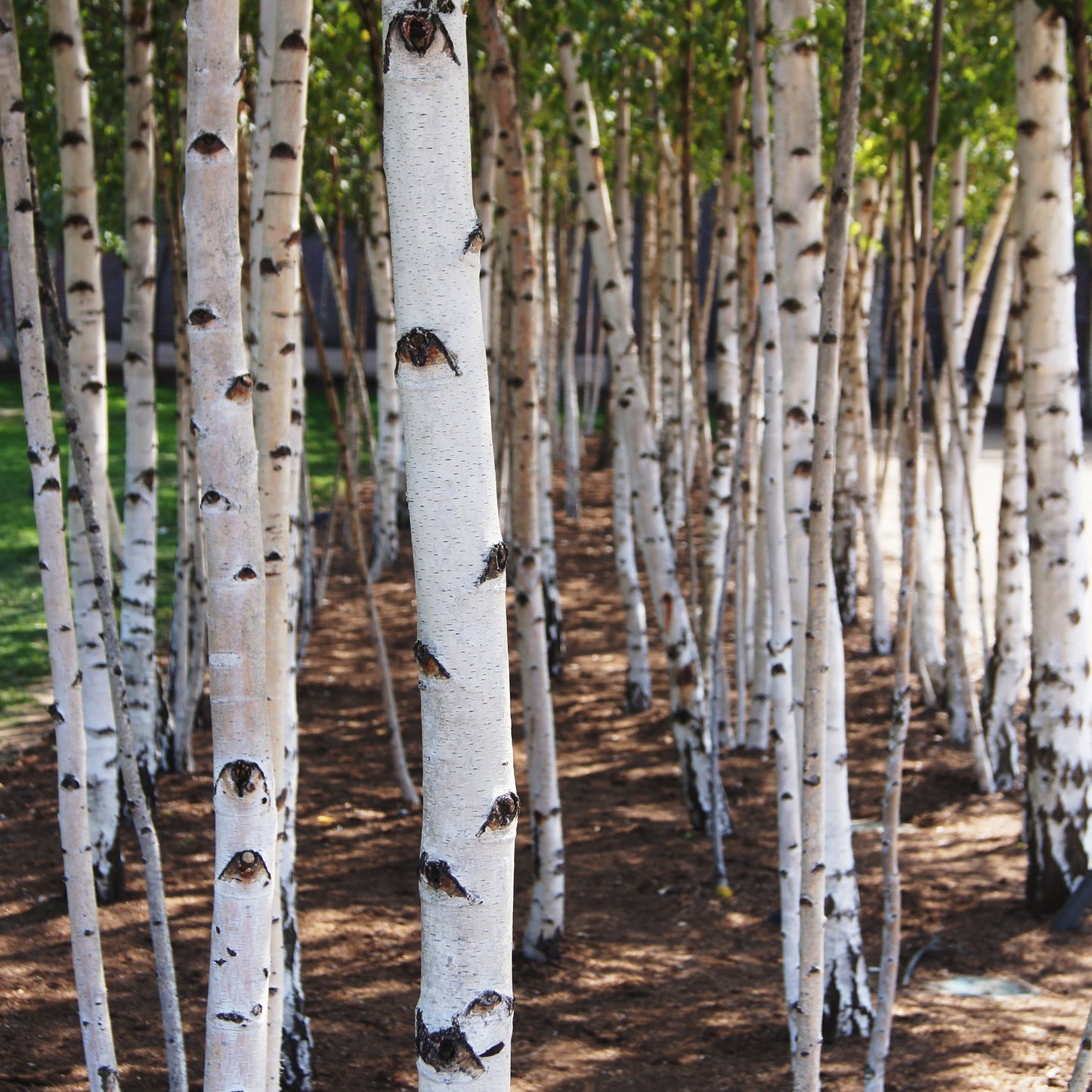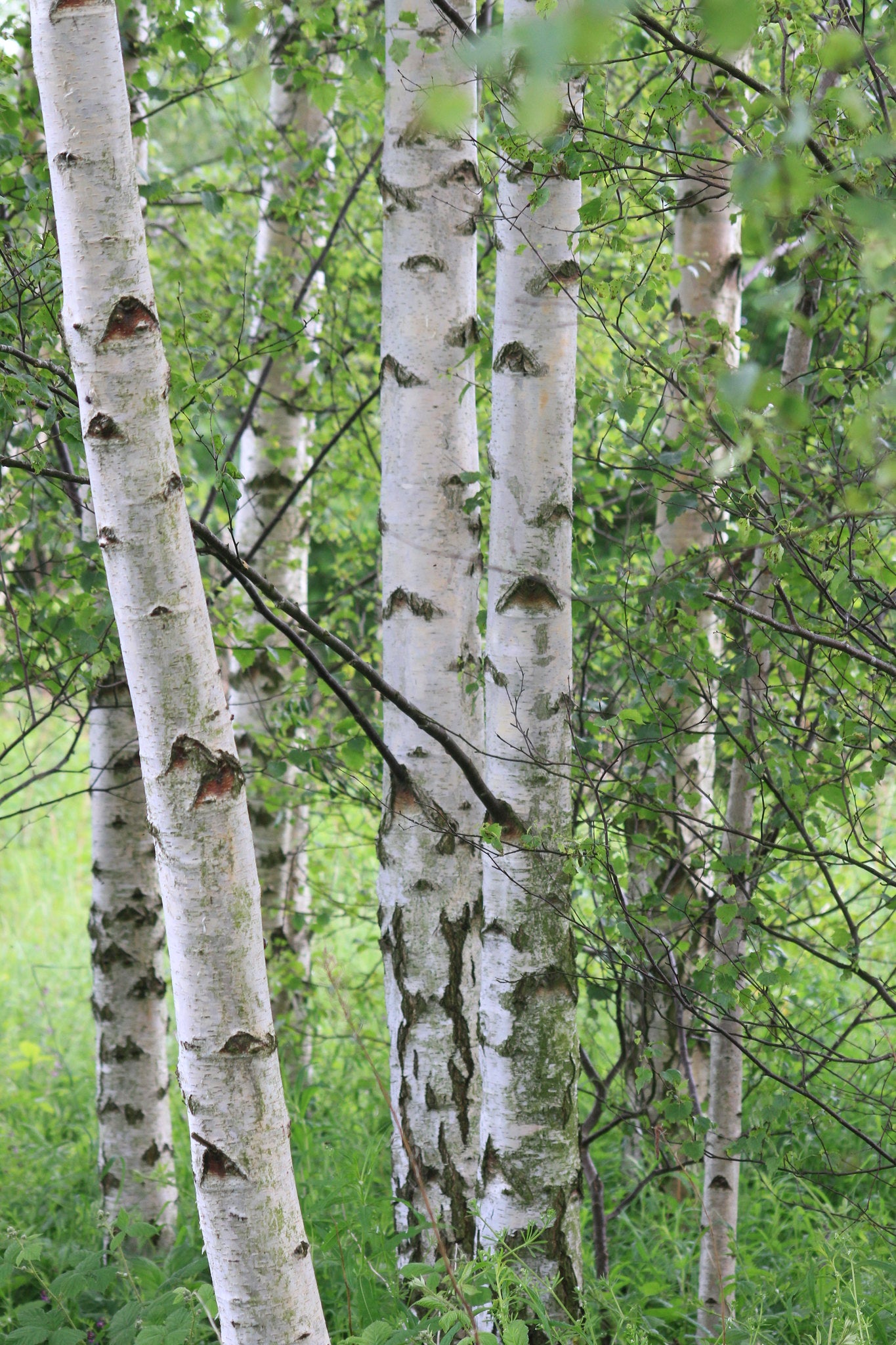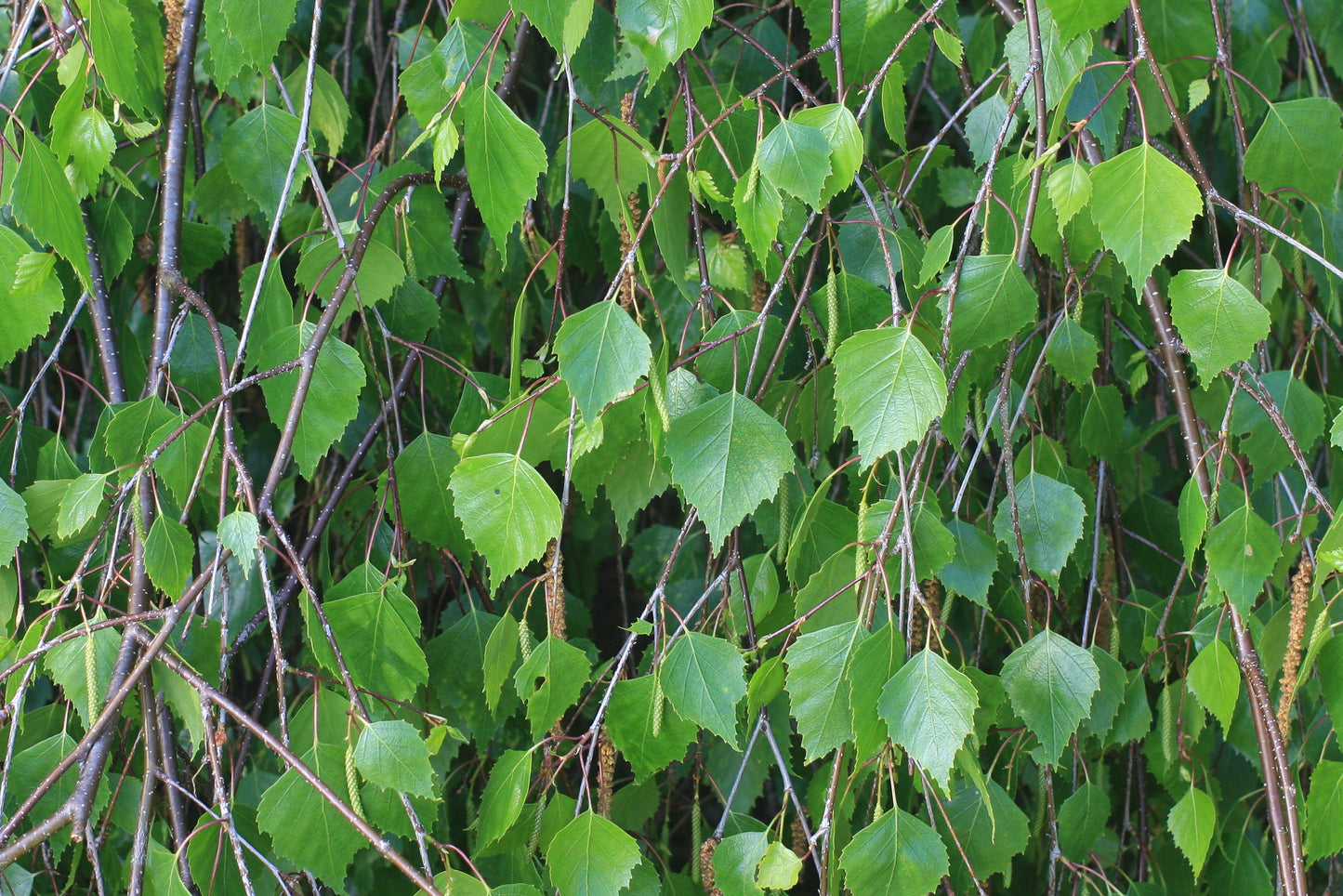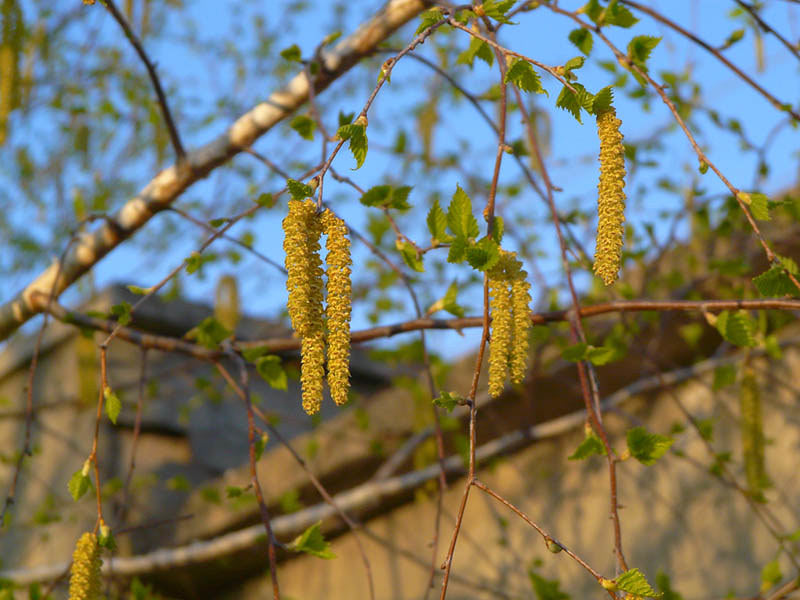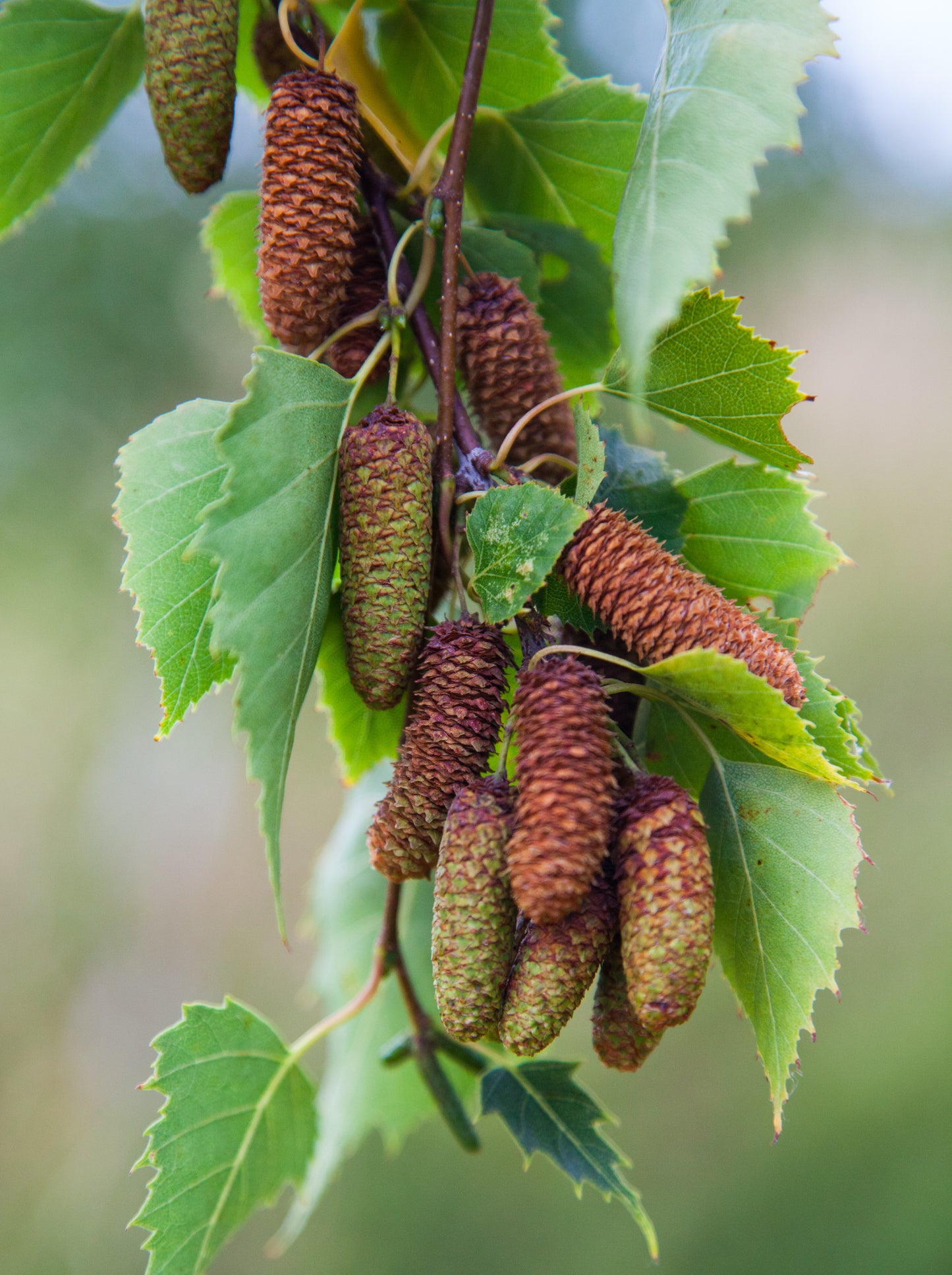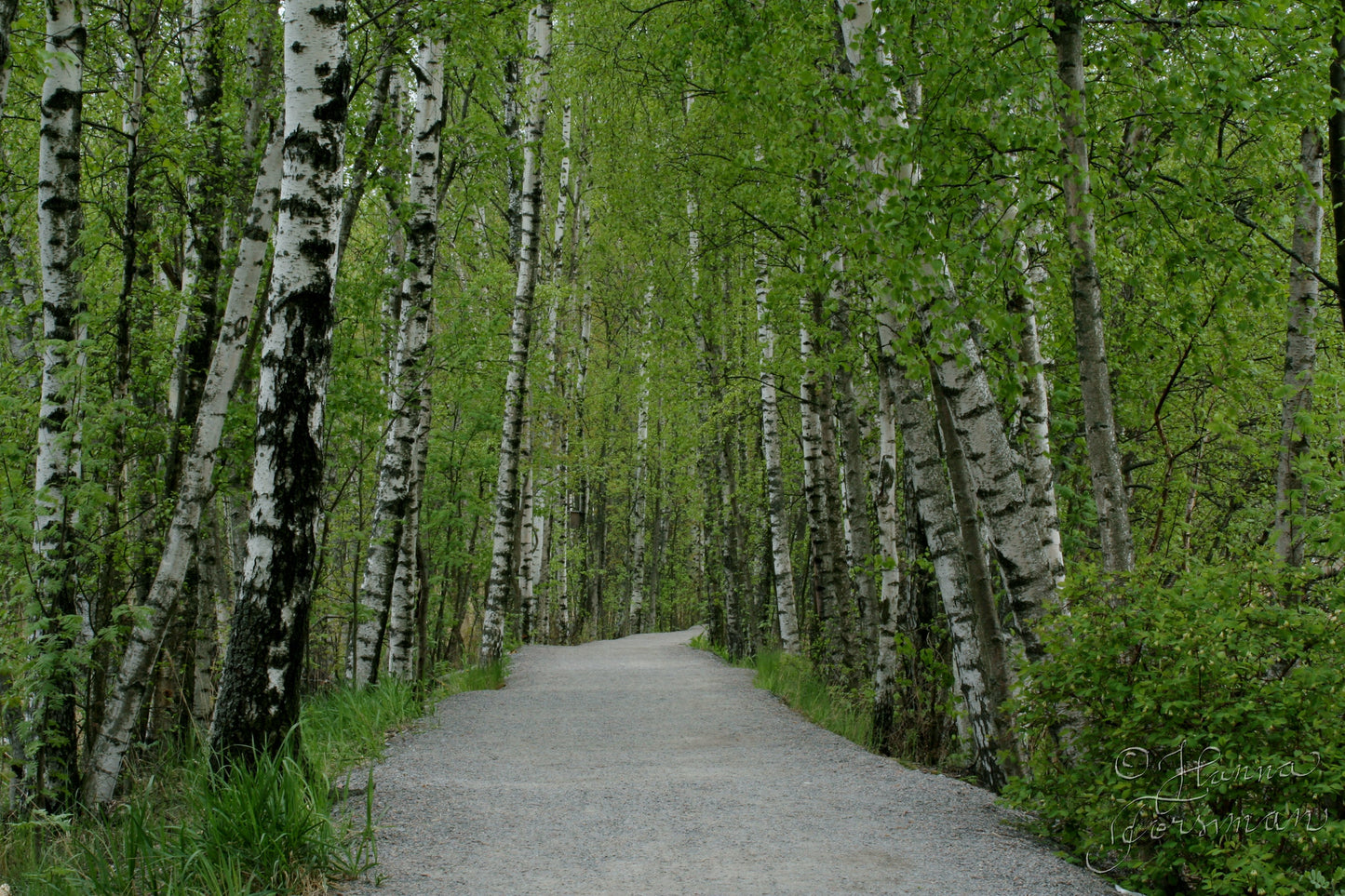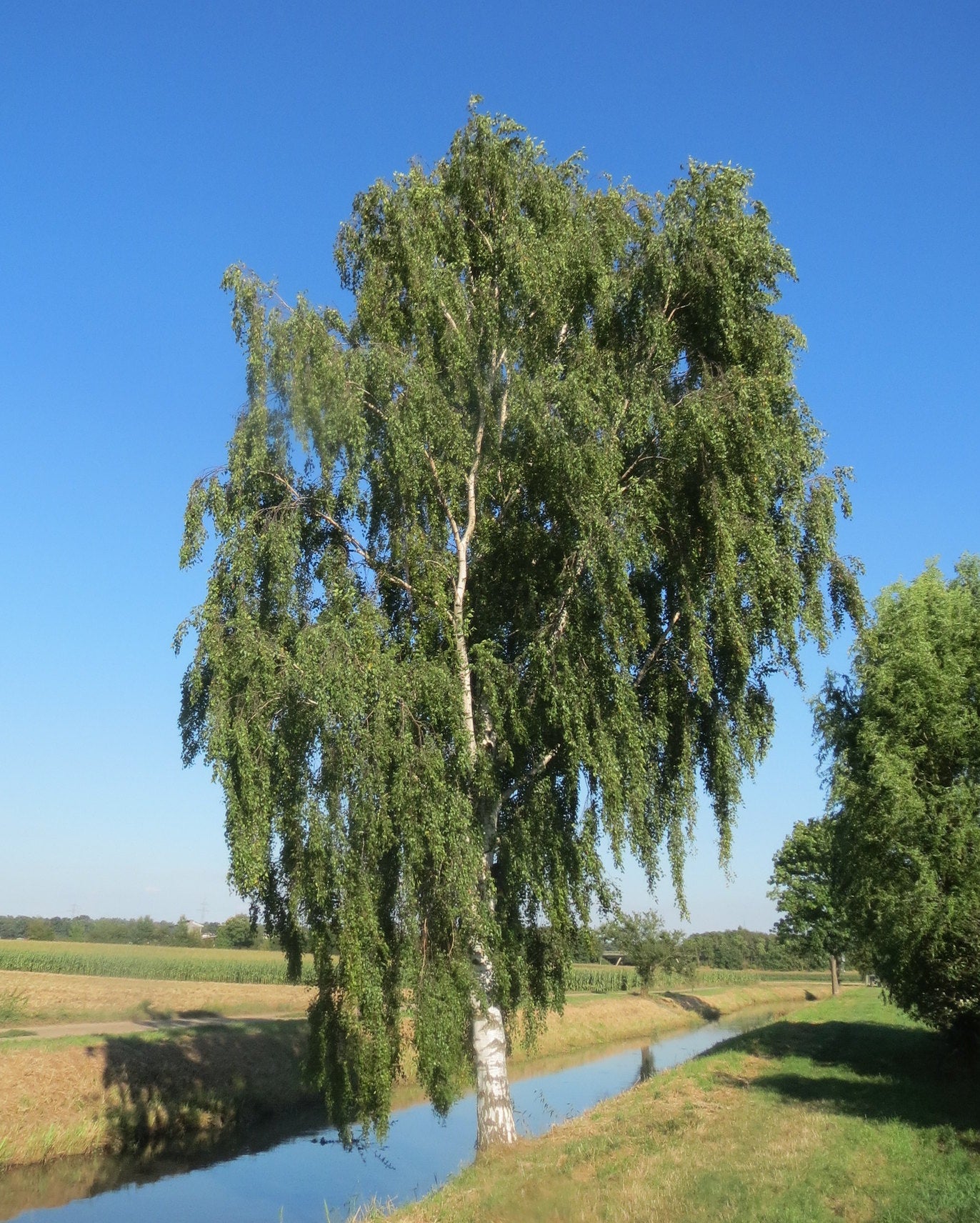Floridaseeds
Silver Birch White Birch Betula Pendula 100 Seeds
Silver Birch White Birch Betula Pendula 100 Seeds
Couldn't load pickup availability
Betula pendula, commonly called silver birch or European white birch, is native to Europe and Asia Minor where it typically occurs in wood margins, heaths, hills and slopes. It has been widely planted in Canada and the northern U.S. as an ornamental. As is the case with paper birch (B. papyrifera), this tree is noted for its white bark, which exfoliates in papery strips. It is also noted for its drooping or pendulous branches, hence the specific epithet. Mature trees become furrowed and blackish-gray near the bottom of the trunk. It is a small to medium sized tree that typically grows to 30-40’ (less frequently to 60’) tall with a pyramidal to oval rounded crown. Ovate, glabrous, toothed, glossy green leaves (to 2.5” long) have long tapered tips. Tiny monoecious flowers appear in early spring in separate catkins on the same tree: yellowish-brown male flowers in drooping catkins (to 2.5” long) and greenish female flowers in smaller, upright catkins (to 1 1/4” long). Female flowers are followed by drooping cone-like fruits containing numerous small winged seeds that typically mature in late summer. European white birch is best grown in medium to wet, well-drained sandy or rocky loams in full sun to part shade. Garden Uses. In cool northern climates, the silver birch is an excellent small landscape tree that displays a graceful drooping form and mixes well with evergreens.
Growing Instructions
The seeds have a dormancy period. They need a period of chilling which simulates winter conditions to break their dormancy.
- Soak the seeds in water for 24 hours.
- Fully drain away all of the water and place the seeds in a zip-lock freezer bag.
- Put the bag in the refrigerator and leave it there for 4-6 weeks. It is important that during this period the seeds do not dry out or are waterlogged otherwise the pre-treatment will be ineffective.
- The seeds like moist, well-drained soil. Prepare a mixture of half potting soil and half sand, perlite or vermiculite. Put the soil in a pot.
- Sow the seeds on the soil.
- Cover the seeds with a thin layer of soil.
- Water the soil so that it is moist but not wet. The seeds start to germinate in a few weeks.
- When the seedlings are a few inches tall, they can be transplanted.










